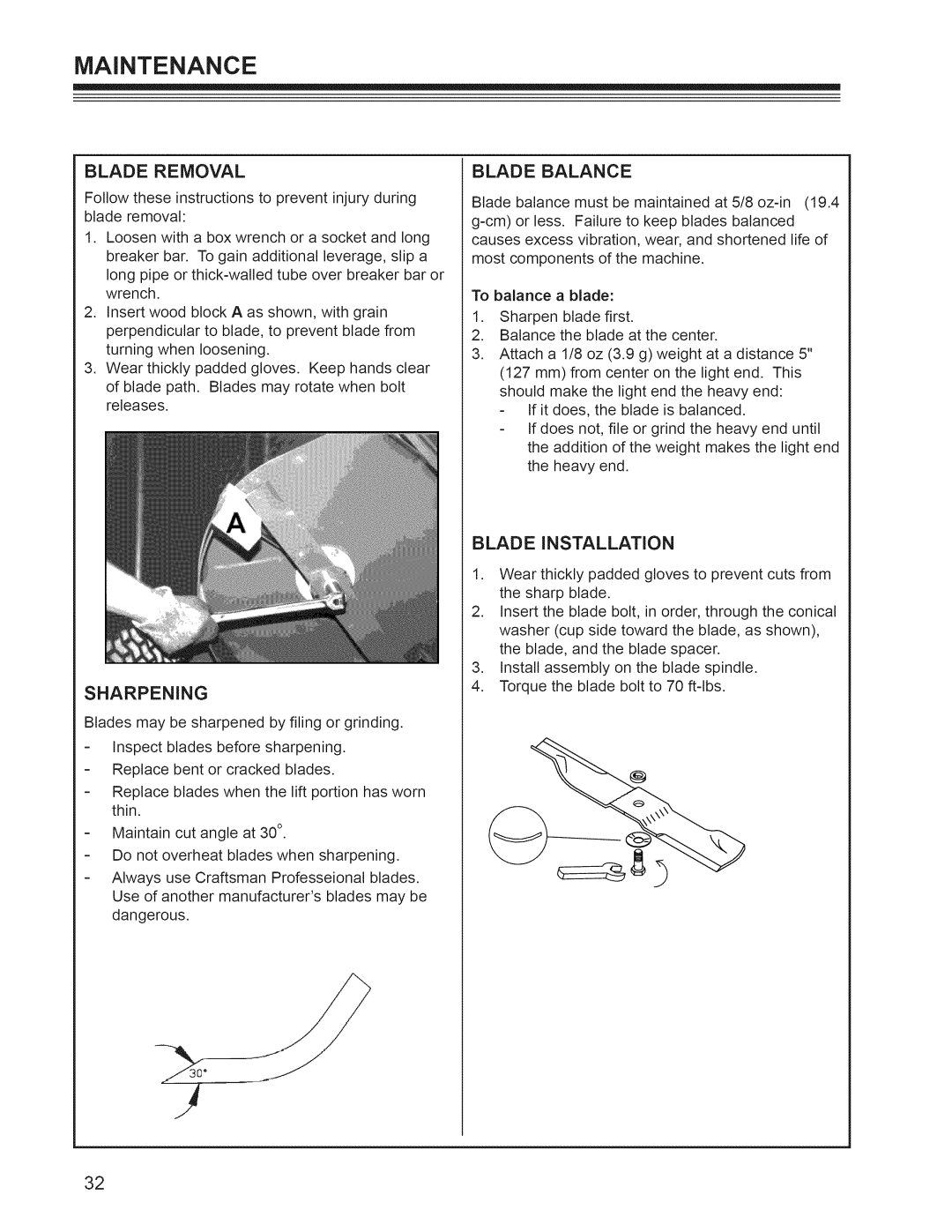127.28876, 127.28877 specifications
The Craftsman 127.28877 and 127.28876 are a pair of high-performance cordless drills designed for both professional tradespeople and DIY enthusiasts. These models exemplify the blend of power, versatility, and user-friendly design that Craftsman tools are known for.One of the standout features of both models is their brushless motor technology. This innovation enhances efficiency, delivering more power and runtime than traditional brushed motors. It also reduces heat generation, leading to prolonged tool life. With a high-torque output, these drills can easily handle demanding applications, making them ideal for tasks such as drilling into wood, metal, and masonry.
Both models come equipped with a two-speed transmission. This feature allows users to select the optimal speed based on the specific task at hand—whether it’s high-speed drilling for smaller holes or low-speed drilling for driving larger fasteners. The variable speed trigger further provides enhanced control, enabling a precise and seamless drilling experience.
The design of the Craftsman 127.28877 and 127.28876 is ergonomic, featuring a soft-grip handle that minimizes hand fatigue during extended use. The compact and lightweight structure allows for easy maneuverability in tight spaces, making it suitable for various job sites.
Another notable characteristic is the LED work light integrated into the drills, providing illumination in dimly lit areas. This feature ensures that users can work effectively without needing to reposition other lighting sources.
Battery compatibility is another key advantage of these models. Both drills utilize the Craftsman 20V MAX battery platform, allowing users to interchange batteries between different tools within the same line. This feature not only enhances convenience but also maximizes productivity by reducing downtime due to battery changes.
Finally, the construction of the Craftsman drills includes rugged materials that resist wear and tear, assuring durability over years of use. With a combination of advanced technology, user-centered design, and robust performance, the Craftsman 127.28877 and 127.28876 are invaluable additions to any tool collection, providing reliability and efficiency for a range of projects.

